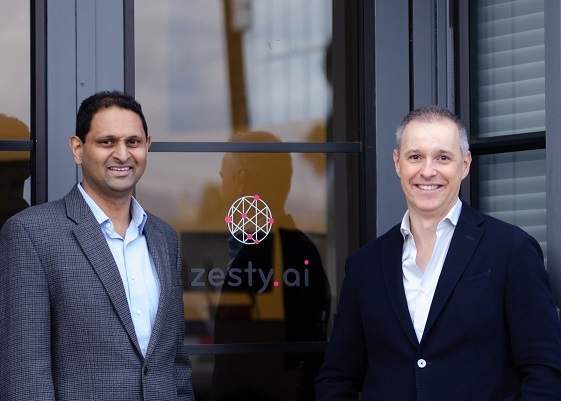Zesty.ai, a company which uses artificial intelligence (AI) to help global property insurance industry better assess risk, has closed its Series A financing round of $13m.

Image: Zesty.ai Co-Founders, Kumar Dhuvur, Head of Product and Attila Toth, CEO. Photo: courtesy of zesty.ai.
Zesty.ai also received funding from Plug & Play Ventures. Existing investors had also participated in the round.
zesty.ai CEO and co-founder Attila Toth said: “Artificial Intelligence will revolutionize the traditionally data-driven insurance industry and we are thrilled to be at the forefront of this massive change.
“We are immensely thankful to our customers, employees, investors and partners for enabling us to become a leader in this space!”
Zesty.ai uses AI to help property & casualty insurance carriers, reinsurers, managing general agents and Insurtechs to better assess risk.
The firm will use the funding to expand its data science, engineering and customer success teams and ingest additional proprietary data into its platform.
The start-up claims to have developed computer vision technology that uses satellite and aerial imagery combined with structured data sources to capture billions of data points on buildings and their surroundings without ever setting foot on premises.
Zesty.ai uses machine learning to model multi-peril catastrophic loss events such as hurricane, wildfire, flood etc. at property level.
The company claims that its customers can benefit from reduced loss ratios driven by accurate underwriting, tighter customer and agent relationships through digital purchasing experience and reduced expense ratios because of lesser need for physical inspections.
Zesty.ai said that the insurance industry was blindsided by the size of losses caused by California wildfires which amounted to $16bn last year and up to $19bn till date, this year. It continued saying that insurers rely on outdated Fire Hazard Severity Zone maps to assess wildfire risk which missed the mark 85% last year.
The AI-based insurer released its wildfire model which integrates high fidelity property level features about vegetation, building materials, neighborhood characteristics, topography, weather patterns and more.
Its machine learning combines these risk modifiers, with actual loss data from various wildfire events into a predictive risk score that can impact underwriting decisions and risk mitigation strategies.
